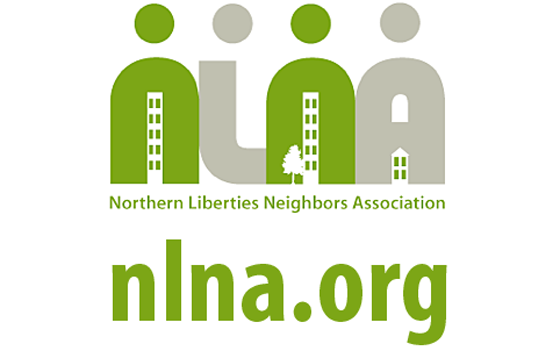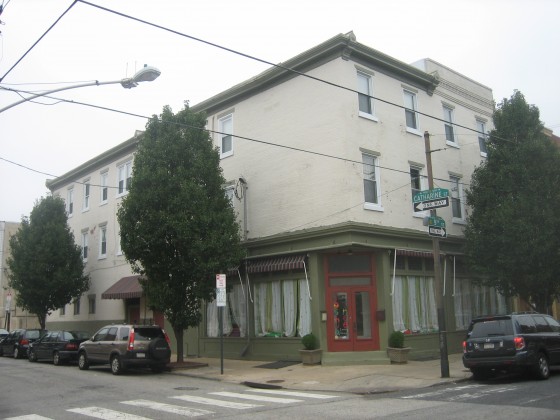In Northern Liberties, as zoning applications continue to pour in, members of the Northern Liberties Neighborhood Association zoning committee are doing their part to levee the degree to which large-scale projects are built outside of code.
Big development projects of ten units or more are attractive to developers and buyers alike. But the zoning code exists for a reason, and local organizations are charged with just how much leeway they wish to allow in their neighborhood for different projects. Development that strays too far from the code can sometimes have a negative effect on quality of life in their community, which means that local groups play a critical role.
In September, for example, members of the NLNA zoning committee asked two separate developers to return for a second presentation of plans for a 10 and 20 home development, respectively, due to the designs of the homes which depicted heights and widths outside of code, according to NLNA zoning chair Larry Freedman.
The zoning committee asked developer David Perlman, president of the Building Industry Association, to come back to present a revised plan for 227-31 Green St., a ten home development. Seven of these homes are planned to front Bodine Street, and three on American. They’re asking him to reappear because his plans lacked detail that depicted a real sense of what the houses would look like, according to Freedman. After they asked Perlman to lower the height from 44 feet to 38 feet, he lowered it to 40 feet. The houses are 15 feet wide and code dictates a 16 foot width.
“We saw no reason he couldn’t make them sixteen feet,” said Freeman. As such, Perlman will have to readjust and further detail his plans for neighbors before he can receive support.
Likewise, a 20 single-family home project at 826-34 N. 3rd St. from developer Shimi Zaken of Atrium LLC, that starts on N. 3rd St. and extends west to Orianna, also contained dimensions that raised an issue with committee members, who asked the developer to lower the height to 38 feet and provide plans for snow and trash removal and lighting.
These are two examples of how neighborhood zoning committees protect near neighbors’ interests in the face of new construction that could potentially affect light and air on the whole block. The positive here is developers and neighbors often work out these kinks thus creating a more satisfactory end product for the people who already live in the area and laying the foundations for future growth.
As such, we’ll keep you posted about these two projects.
–Lou Mancinelli





